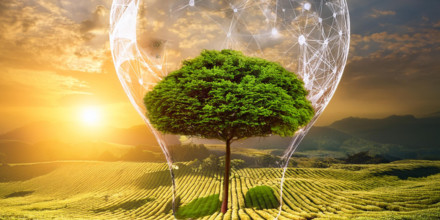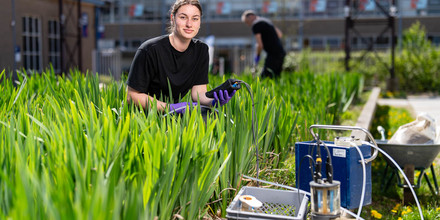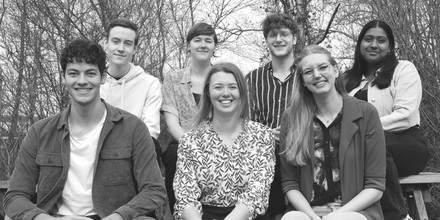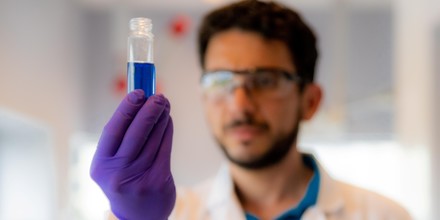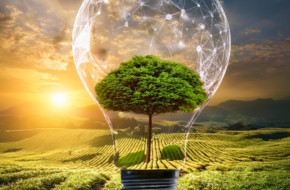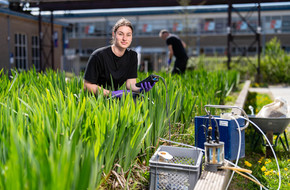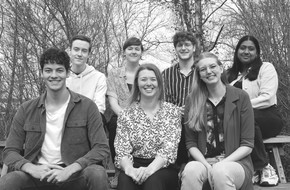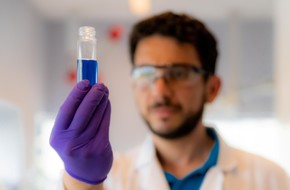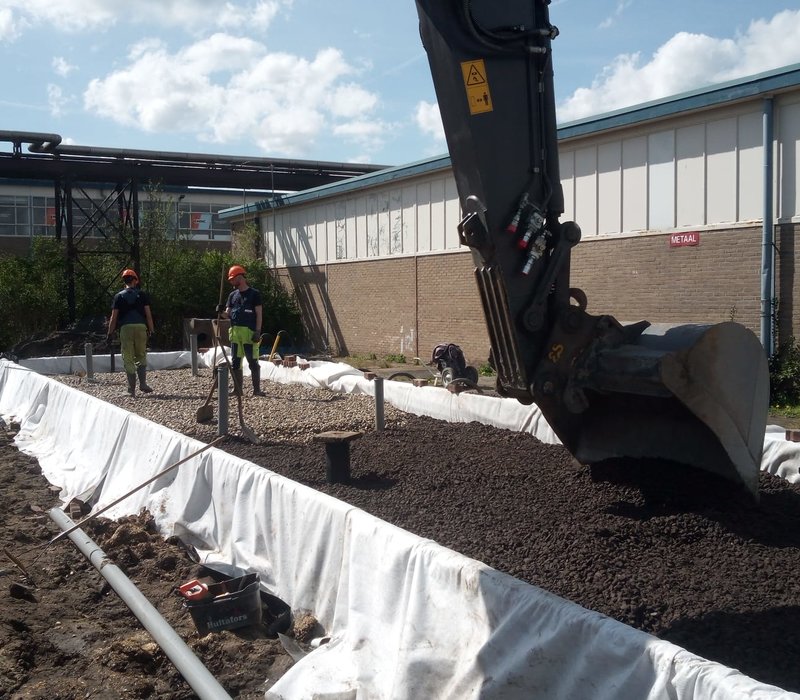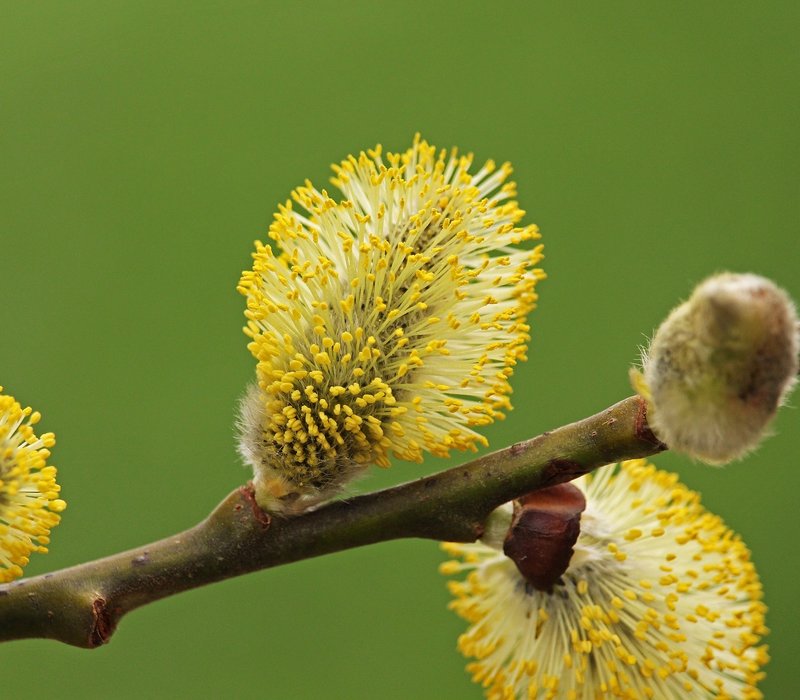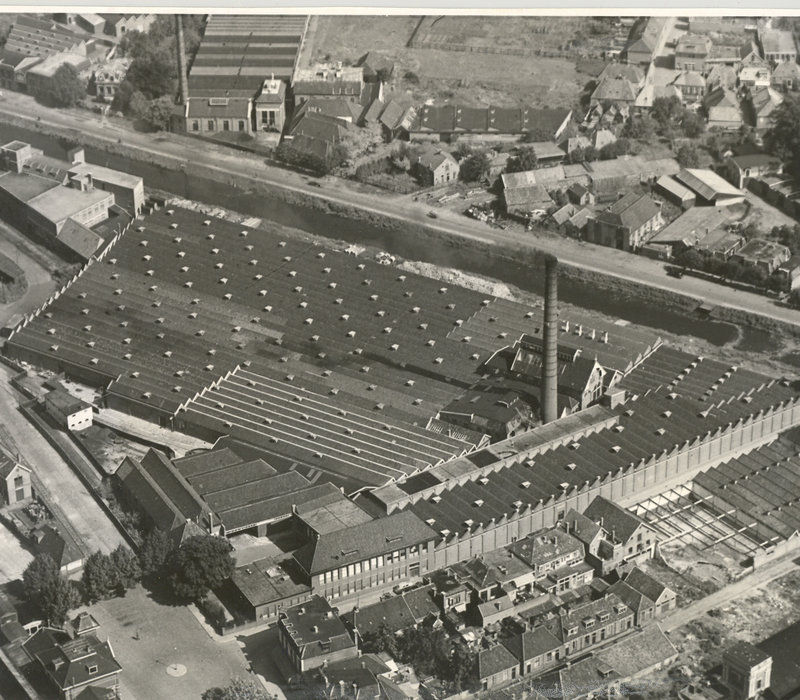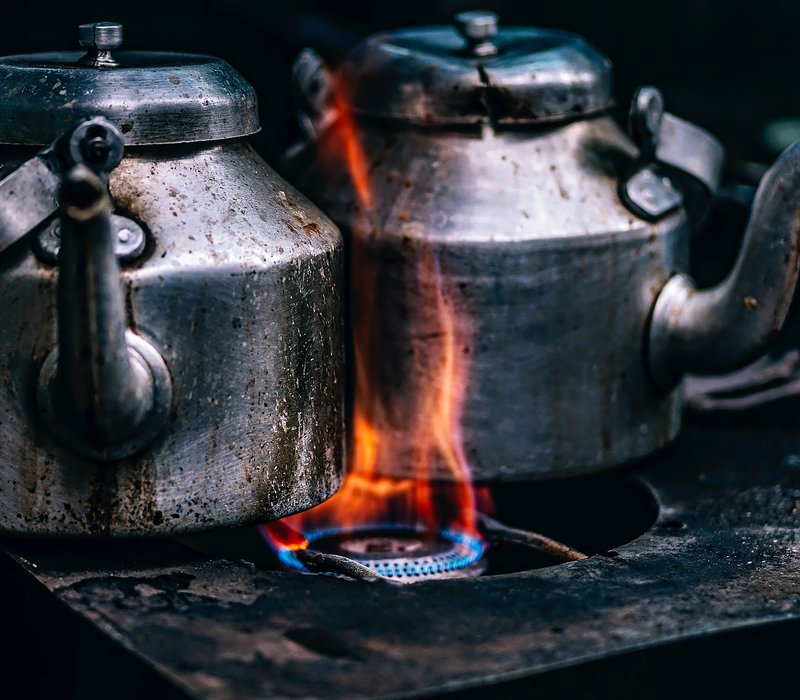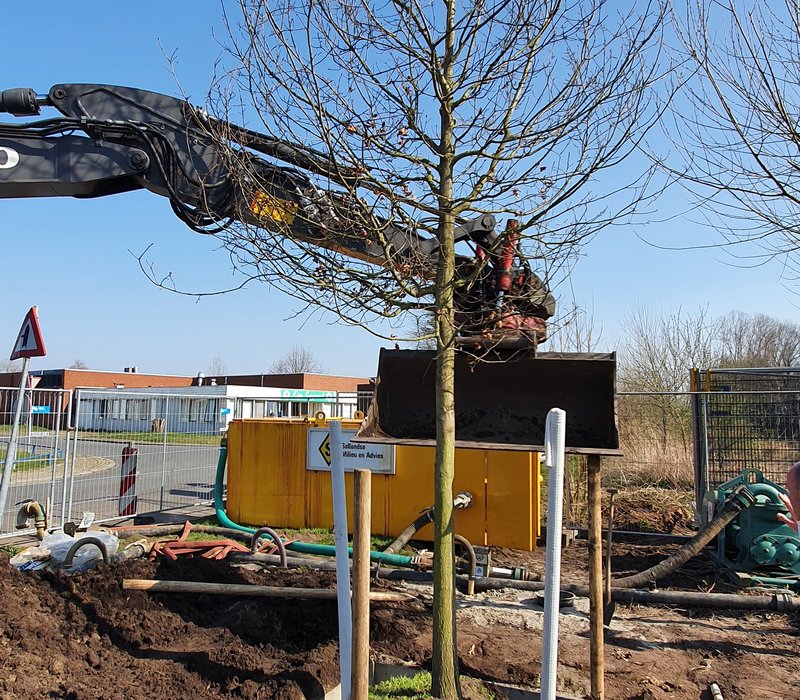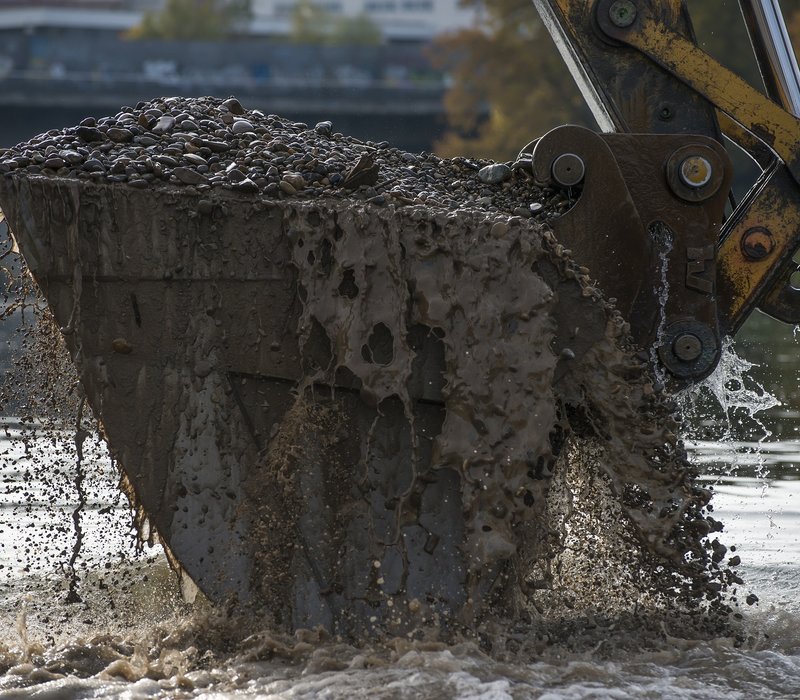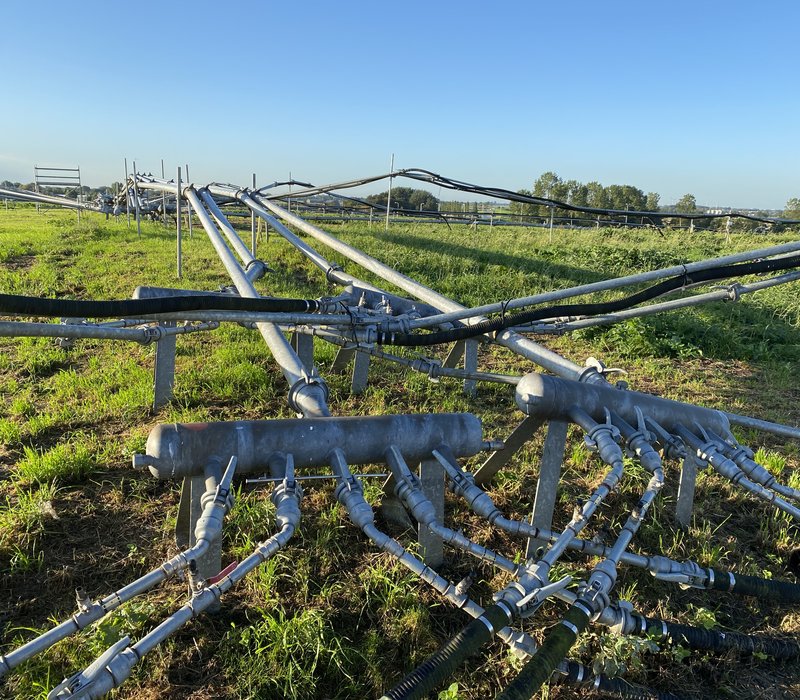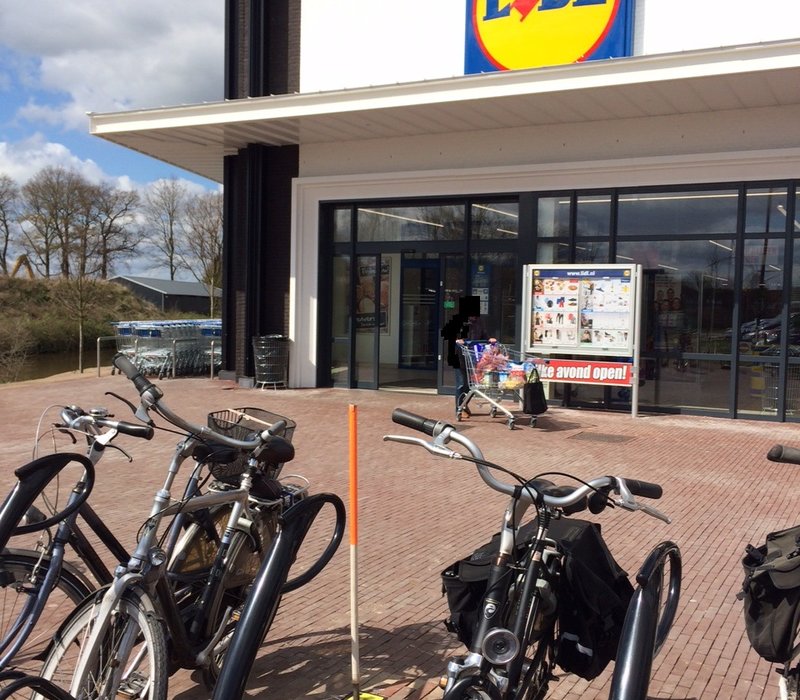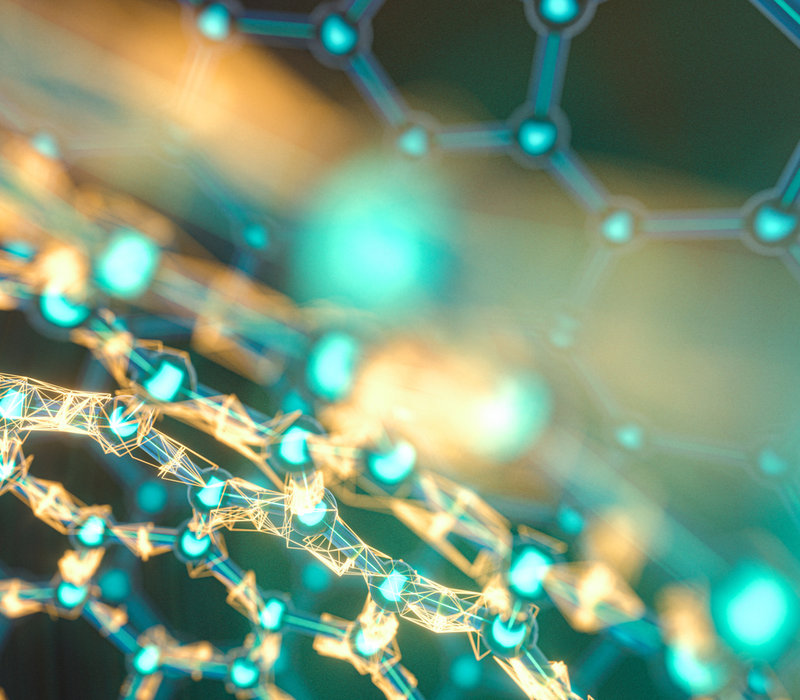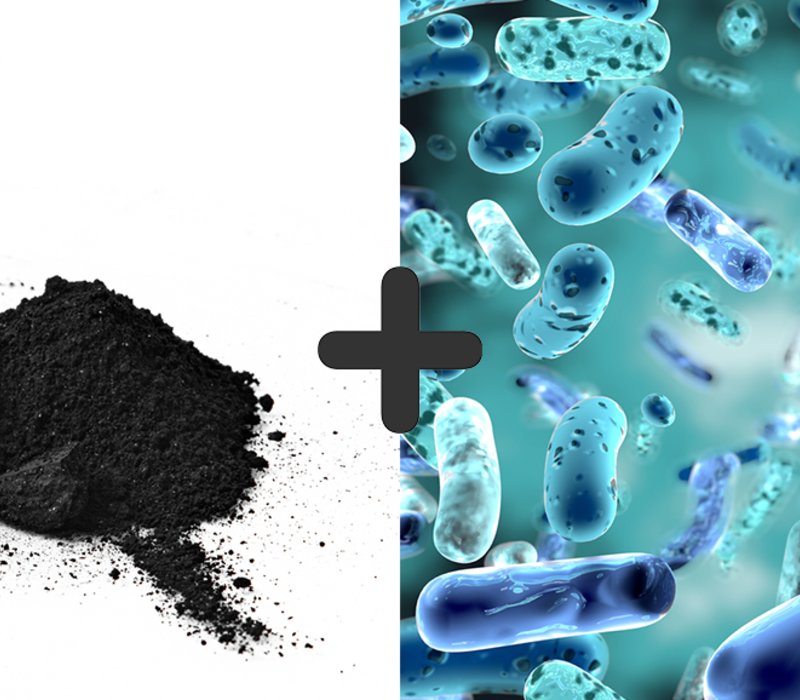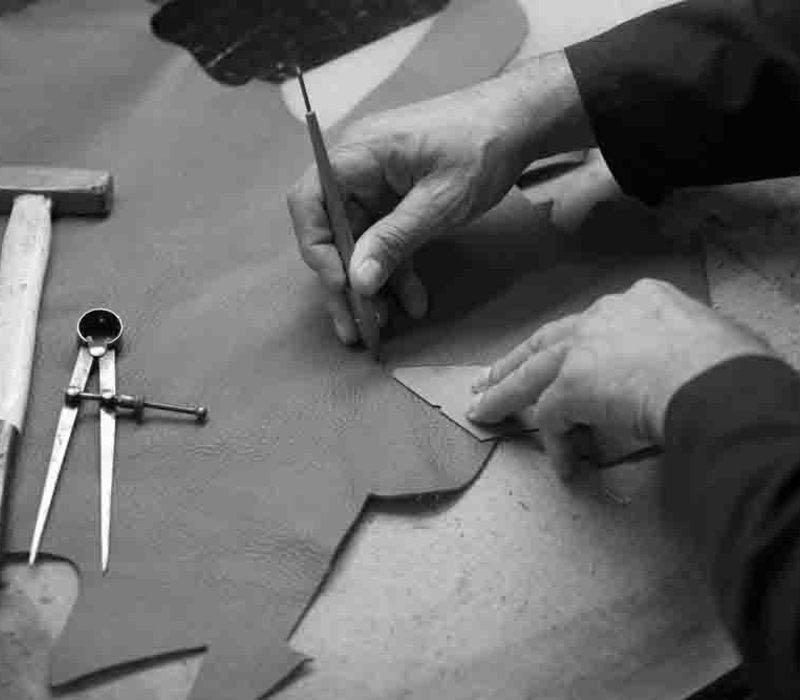Are willow trees into Heavy Metal?
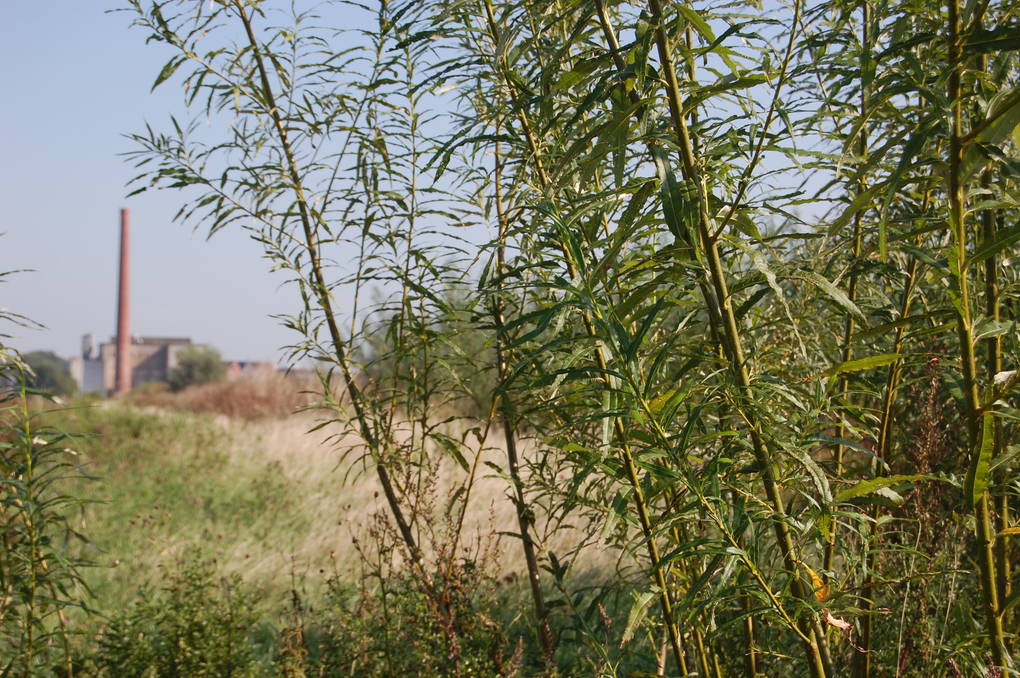
The province of Groningen has started a project in Appingedam where risk management of contaminated locations is viewed in a new way. Research is conducted to check if the area, which is polluted with heavy metals, can be managed in a sustainable manner by cultivating willow trees and processing the obtained wood to a sustainable product.
The contaminated location is an old part of a business area of the former strawboard factory ‘De Eendracht’. The intention is to transform this former industrial site into an attractive area for recreational activities, like hiking and cycling. However, a part of the site (about 3 hectares) is contaminated with heavy metals and is not open to the public. To achieve this willow trees have been planted. The dense cultivation of the trees ensures that people can’t access the area, which prevents direct contact with the contamination.
The beauty of willow trees is that they are capable of accumulating or binding the heavy metals, thereby decreasing the risks and cleaning the soil in a natural way. This method of soil remediation by which plants or trees are used to absorb or break down pollution is called phytoremediation.
Do risk management and the creation of a sustainable product go hand in hand?
The province of Groningen desires the answers to several questions during this project. Is it possible to create sustainable added value with willows, which are planted on contaminated soil and does the quality of the soil improve? To obtain the answers the province of Groningen has asked Bioclear earth to monitor the site of ‘De Eendracht’ located in Appingedam for a period of six years. In addition, the municipality wants to know whether it is possible to use willows sustainably.
